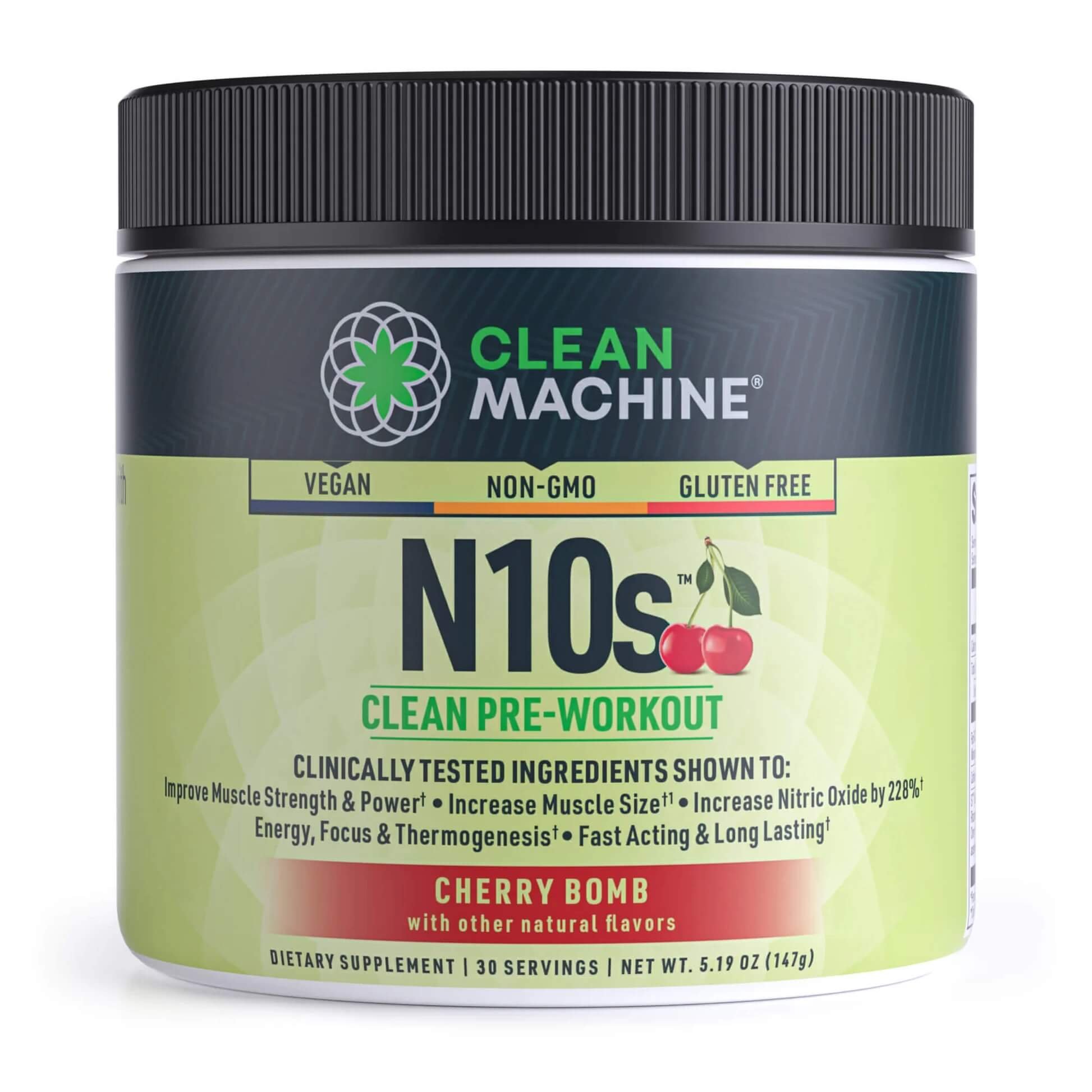Strength Training At Home: Common Mistakes And How To Avoid Them
Working out at home is just so perfect. You don't have to go out, there's no traffic, and there's no stress. You exercise in your own time, in your own style. But the thing is, just because you're regular doesn't necessarily mean you're going in the right direction.
Most people get into bad habits that cut against progress or hurt without realizing it. These errors do not always make themselves known on the surface, particularly when training independently. The great news is that you can correct them. Small changes to your routine can make a gigantic difference in you, both in terms of outcome and how your body responds.
In this article, let’s go through some of the most common pitfalls of at-home strength training and learn how not to fall into the same trap.
No. 1
Skipping the Warm-Up
You may be tempted to plunge right into your exercise. It saves time, after all. But to plunge straight into presses or squats without waking up your muscles is dangerous.
Without a warm-up, your body isn't prepared for the stress. That's when sprains, pulled muscles, or joint pain creep in. A warm-up doesn't need to be lengthy; 5 to 10 minutes of light cardio, or dynamic stretching will suffice.
Try arm circles, jumping jacks, or light bodyweight lunges. Get the blood flowing before you start lifting anything.
No. 2
Using the Wrong Form
The form is everything in strength training. Even a slight misalignment in your posture can make the entire exercise less effective or dangerous.
For example, if your knees shoot too far forward during squats or if your back rounds during deadlifts, you’re putting yourself at risk. And if you’re training alone, it’s easy to miss these mistakes.
Use a mirror, record your sets, or follow trainers who explain cues clearly. And don’t rush through reps. Slow and controlled movements help you stay in proper form and build strength safely.
No. 3
Not Paying Attention to Equipment
Your home gym setup can either support your goals or quietly hold you back. Using unstable or low-quality gear might seem fine at first, but over time, it can affect your form and slow your progress.
One thing many people overlook? The type of dumbbells they use. If you're debating between adjustable dumbbells vs fixed dumbbells, it's worth taking a closer look. Adjustable dumbbells are great if you're short on space and want more weight options without the clutter. On the other hand, fixed dumbbells offer stability, and a quicker grab-and-go feel for fast-paced workouts.
If you're unsure which is the right fit for you, you can check out online guides to learn the pros and cons clearly. This can help you make a more informed decision based on your needs.
Clean Machine
Clean Machine’s N10s Clean Preworkout is a potent supplement designed to maximize your workout potential with increased muscle size, strength, pump, and energy
No. 4
Ignoring Recovery Time
Training daily might sound impressive, but it’s not always productive. Your muscles grow during rest, not during your workout. When you skip recovery, you don’t give your body the chance to repair. That leads to plateaus, fatigue, or overuse injuries.
Plan rest days. You don’t need to sit still. Either go for a walk, stretch or do some light mobility work. It still counts as recovery and helps your body bounce back stronger.
No. 5
Doing Too Much, Too Fast
It’s easy to get excited about progress. You start lifting more, training longer, adding extra sets... until your body starts pushing back.
One of the most common mistakes is increasing weight or intensity too soon. Muscles need time to grow, and your joints need time to adjust. If you keep pushing too hard, you’ll feel it in the form of soreness, fatigue, or burnout.
Start where you are. Progress doesn’t mean going heavy every day. It means being consistent and smart with how you challenge yourself.
No. 6
Forgetting Core and Balance Work
When you’re training at home, it’s easy to focus only on what you can see: your arms, legs, and chest. But your core plays a huge role in almost every movement.
Neglecting it means weaker lifts, poor balance, and a higher chance of injury. Core work doesn’t have to mean endless crunches, either. Think planks, glute bridges, or bird dogs. They strengthen your center and help with overall stability. Make it a part of your weekly routine, even if it’s just 10 minutes.
A Few Quick Tips Before You Wrap Up
Before you finish your session, here are a few small things that make a big difference over time:
Don’t rush through sets; focus on control.
Breathe properly: exhale on effort, inhale on return.
Listen to your body. Some days are just off, and that’s okay.
Stay hydrated, eat enough protein, and sleep well.
These habits might seem basic, but they play a huge role in how you recover and grow stronger.
Takeaways
Strength training at home can be effective, convenient, and even fun. But it only works if you’re doing it right. You don’t need to be perfect. You just need to stay aware.
Catching and correcting these common mistakes helps you build real progress, reduce injury risk, and enjoy your workouts more. Keep showing up, but do it smart. Your body will thank you.
Looking for Wellness Resources?
Are you looking to enhance your wellness routine? Explore our wellness partners who offer a wide range of resources to support your journey toward holistic living and well-being.































